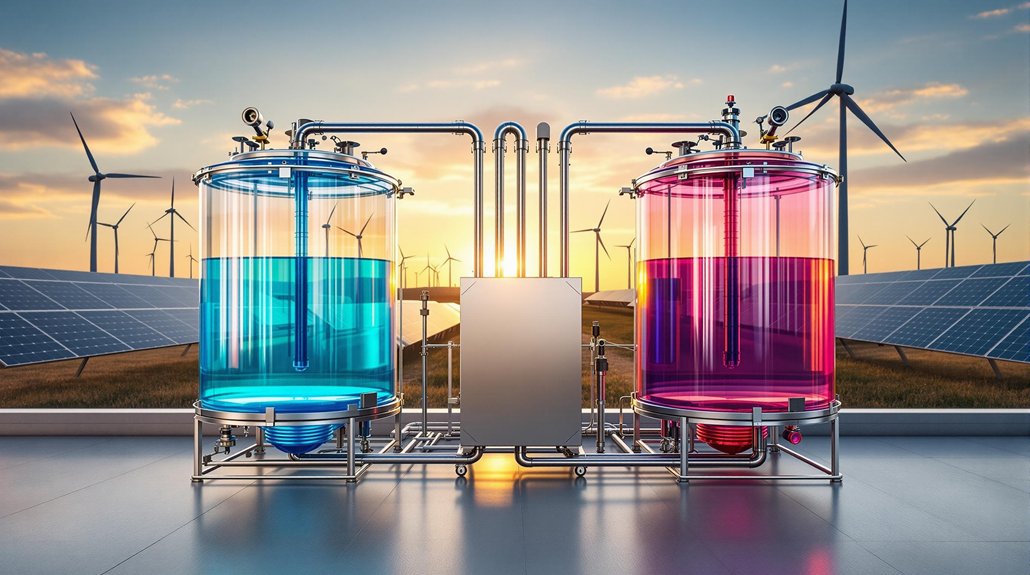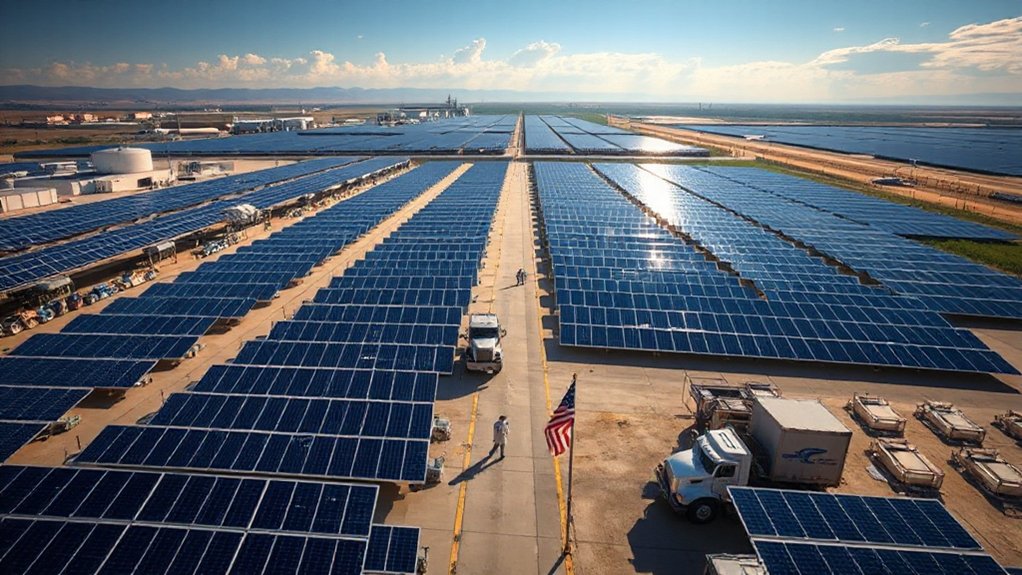Carbon offset platforms let people throw money at their guilty environmental conscience – but they’re not just fancy green washing machines. These digital marketplaces connect eco-minded buyers with legitimate emission reduction projects worldwide, from reforestation to methane capture. While prices range from dirt cheap ($1) to premium ($50) per ton of CO2, verification standards like Gold Standard guarantee legitimacy. The real question is whether these platforms actually deliver on their lofty promises.

While the fight against climate change often feels overwhelming, carbon offset platforms have emerged as a practical – if controversial – way to take action. These online marketplaces connect eco-conscious buyers with emission reduction projects, letting them compensate for their carbon footprint with the click of a mouse. It’s like environmental redemption for the digital age, though some skeptics might call it guilt-shopping for the climate-conscious. Most platforms help customers achieve carbon neutrality by matching their emissions with appropriate offset credits.
Carbon offsets let us buy our way to environmental virtue, one click at a time – modern absolution for our climate sins.
The marketplace is crowded with players, each with their own specialty. Cool Effect proudly funnels 90.13% of funds directly to projects – a rejuvenatingly transparent approach in an industry often criticized for murky financials. Atmosfair keeps it simple, dealing exclusively in Gold Standard projects and focusing on air travel offsets. Because apparently, flying makes us all feel a bit guilty. Current projections suggest offset prices could surge to 80 to 150 dollars per tonne by 2035. Major tech companies like Microsoft and Google are leading the charge as significant buyers of carbon credits.
These platforms fund a diverse range of projects, from straightforward reforestation efforts to high-tech carbon capture solutions. Some capture methane from cow manure (yes, really), while others build wind farms or improve energy efficiency in developing nations. Prices vary wildly, from dirt-cheap $1 per ton CO2e offsets to premium options hitting $50 per ton. You get what you pay for – usually.
Verification is where things get serious. The Gold Standard certification is the tough guy of the bunch, while others like VCS and CCB Standards also keep projects honest. But let’s be real – ensuring these offsets actually deliver their promised benefits isn’t easy. There’s always the risk of over-crediting or funding projects that would have happened anyway.
The industry is evolving rapidly, with blockchain technology promising better tracking and new insurance products protecting against offset failures. There’s growing attention to additional benefits beyond carbon reduction, like supporting local communities or protecting biodiversity.
The market hit $320 million in 2019, suggesting plenty of people are willing to put their money where their carbon footprint is. Whether that’s meaningful climate action or just expensive peace of mind remains hotly debated.









